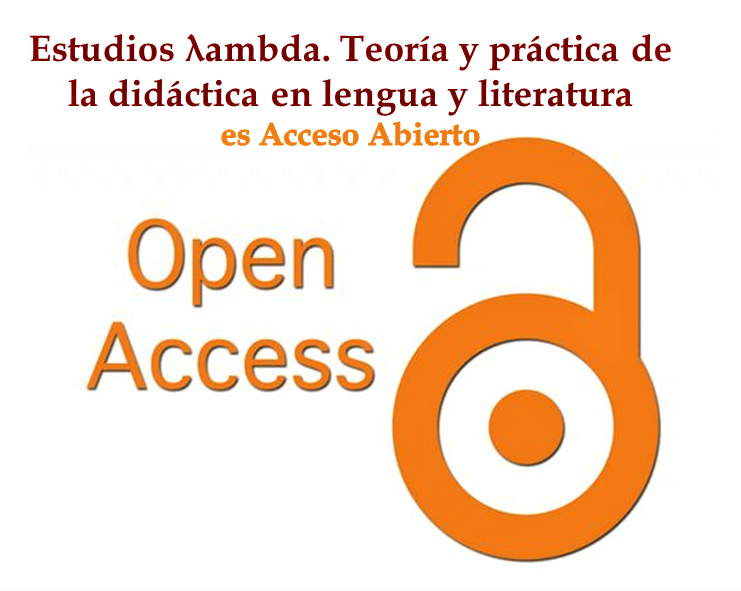Teaching Methodology for Effective Text Production to First Semester College Students (Technological, Industrial, and Services High School No. 11 [CBTIS] in Hermosillo Sonora)
Teaching Methodology for Effective Text Production to First Semester College Students (Technological, Industrial, and Services High School No. 11 [CBTIS] in Hermosillo Sonora)
DOI:
https://doi.org/10.36799/el.v1i1.25Keywords:
Sentence, paragraphs, coherenceAbstract
The present paper presents the results of a research-action, specifically a case study of inductive writing, focusing on the basic structures of the language, whose primary objective is based on the methodology that is implemented in the teaching of writing in first semester students of CBTIS 11, using a sample of ten randomly selected students; ranging from simple sentences, different types of paragraphs up to the text structure, using exploration and description paragraphs, types and connectives. The primary reference for the study is originated from Maria Teresa Serafini who believes that writing is related to a number of key operations: planning, text construction and reviewing. "Collecting and organizing our own ideas, writing outlines, associating each idea, developing arguments, and reviewing the text itself "(1997). It proposes three phases: prewriting, writing and post writing. The first phase consists in gathering information and handling it before its development; the second consists of the linguistic construction; the latter reviews the written production. The research was based on two texts prepared by the student: a diagnosis and a final text which yielded information other than advanced structural coherence. To obtain the desired information, the work was based on specific categories of language: coherence, cohesion and paragraph structure, in this last category specifically punctuation, syntax, connectors, lexical and graphic aspects. The results obtained from the final text regarding diagnosis are: students were able to write complex paragraphs using connectors and proper punctuation, their linguistic knowledge increased; coherence and cohesion showed improvement.
Downloads
References
Cáceres, Orlando. “¿Qué es la gramática? Ortografía y redacción”. About.com. 2008. http://reglasespanol.about.com/od/reglasgramaticales/f/Qu-E-Es-La-Gram-Atica.htm
Carrasco, Alma, María Cristina Castro y Guadalupe López. Lectura y escritura académica en la educación media superior y superior. Revista Mexicana de Investigación Educativa. 18.57. (2013): 349-354.
Castro, María Cristina y Martín Sánchez. “La expresión de opinión en textos académicos escritos por estudiantes universitarios”. Revista Mexicana de Investigación Educativa. 18.57. (2013): 483-506.
Gili Gaya, Samuel. Curso superior de sintaxis del español. Barcelona: Vox, 1993.
Gómez Palacio, Margarita. La producción de textos en la escuela. México: SEP. 1997.
Hernández, Roberto, Carlos Fernández y Pilar Baptista. Metodología de la Investigación. 4ta. Edición. México: McGrawHill. 2006.
Miras, Mariana e Isabel Solé. “Creencias sobre la lectura y la escritura, producción de síntesis escritas y resultados de aprendizaje”. Revista Mexicana de Investigación Educativa. 18.57. (2013): 437-459.
Real Academia Española. Nueva gramática de la lengua española, manual. España: Espasa libros. 2009.
Rodríguez, Ada Nelly. Lectura crítica y escritura significativa: Acercamiento didáctico desde la Lingüística. Laurus. 13.25. (2007): 241-262.
Serafini, María Teresa. Cómo se escribe. Madrid: Paidós. 1996.
Subsecretaría de Educación Media Superior. Instrumento de estrategias didácticas. Sonora: DGETI. 2013.
Toledo, Alicia; María Teresa Godoy y Zaida Suárez. “El análisis semántico, sintáctico y pragmático en la enseñanza de los contenidos gramaticales”. VARONA, Revista Científico-Metodológica, No. 46. (2008): 60-65.
Downloads
Published
How to Cite
Issue
Section
License
El autor o autores conservan en todo momento sus derechos morales y patrimoniales sobre la obra; la obra no se puede alterar, transformar o ampliar; siempre debe reconocerse la autoría del documento referido. Ninguna de las modalidades de los documentos publicados en Estudios λambda. Teoría y práctica de la didáctica en lengua y literatura tienen fines comerciales de naturaleza alguna.



